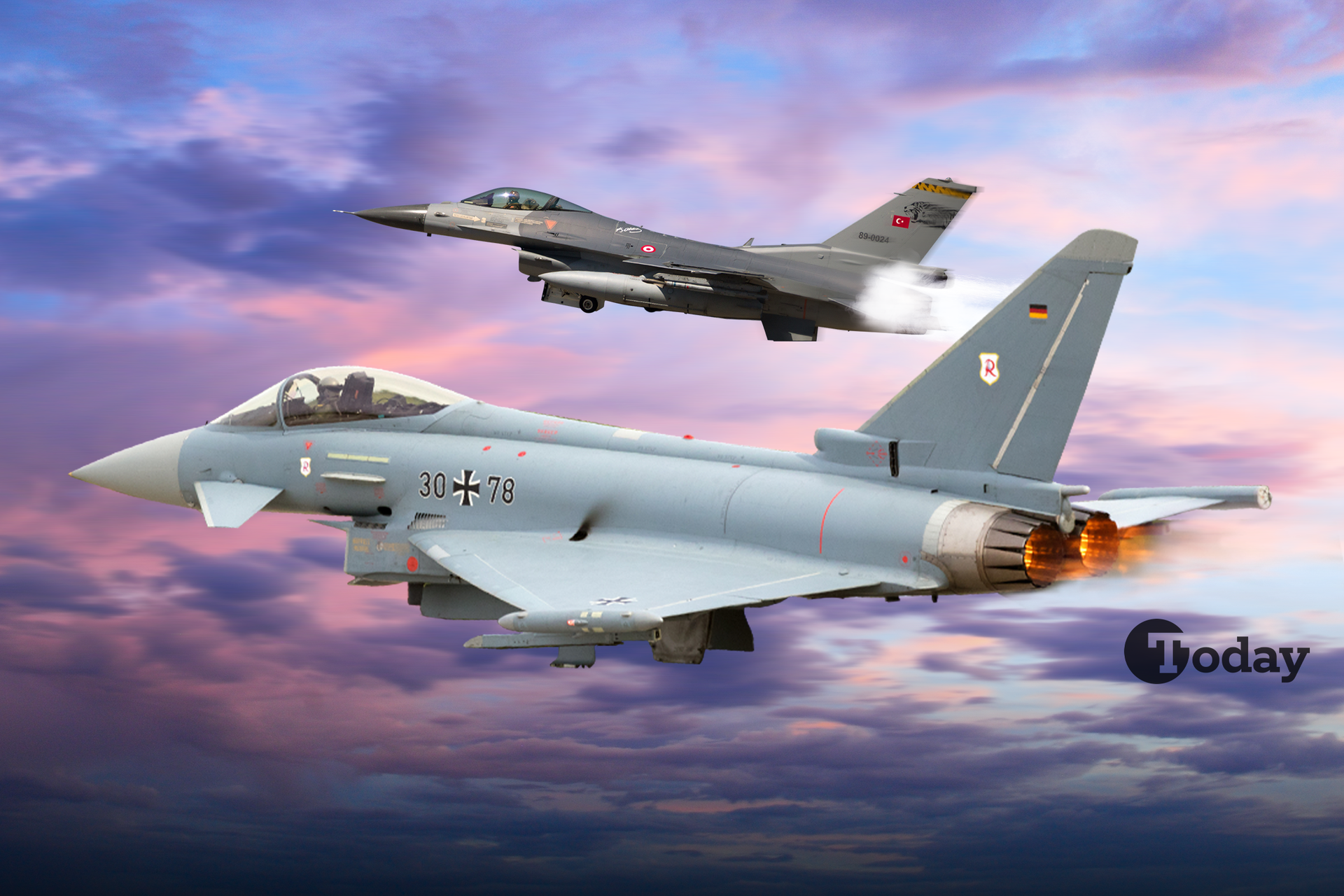
Türkiye is seeking to acquire 40 Eurofighter Typhoon jets as a stopgap solution while its domestic 5-generation fighter jet, Kaan, continues development. The purchase would fill a vacuum in air capabilities, exacerbated by delays in receiving new F-16 fighter jets from the United States, coupled alongside the loss of the F-35 program. This move comes amid heightened tensions in the region and a regional arms race.
Türkiye's air force is facing challenges in modernizing its fleet, which includes aging F-16 fighters. While Ankara has been negotiating a $23 billion deal with the U.S. for F-16Vs and upgrades, the slow pace of the transaction has pushed Türkiye to pursue alternatives, particularly the Eurofighter Typhoon.
Approximately 250 F-16 aircraft with various variants are actively used by the Turkish Air Force. Since their operational readiness, modernization needs and intended use may vary, it is not technically possible to give an exact number.
Ankara has requested from its NATO ally Washington that the finances of $1.4B paid for the F-35 program be used to cover its requests for new F-16s. Türkiye is yet to receive a repayment as the deal continues to falter.
Defense Minister Yasar Guler confirmed interest in both F-16s and Eurofighters, signaling Ankara’s determination to not fall behind regional rivals like Greece, which recently acquired French Rafale jets and is set to receive F-35s from the U.S.
Greece ordered a total of 24 Rafales, with deliveries expected to be completed by January 2025. All planned Rafales to be based at Tanagra Air Base near Athens. Greek officials are also exploring the possibility of ordering an additional 12 Rafales to form two tactical wings of 18 aircraft each. Additionally , Greece is set to receive its first eight F-35s by 2030 with a total of 20 ordered so far. Training for the first 16 Greek pilots and technicians expected to take place in the U.S. in 2028.

Türkiye is interested in the Eurofighter Typhoon’s latest Tranche 4 model, which boasts modern capabilities such as the Captor-E AESA radar and improved air-to-air and air-to-ground combat features. The Eurofighter's advanced technology and multirole capacity make it an attractive option to enhance Türkiye's air defense capabilities.
The jets would serve as a temporary solution until Türkiye’s own Kaan fighter jet, expected to enter service in 2030, is fully operational.
The Turkish defense minister Guler previously commented, "We want to buy the Eurofighter. A very effective aircraft.” The Eurofighter jet is produced by a consortium consisting of the U.K., Germany, Spain, and Italy.
While the U.K., Spain and Italy have given the greenlight towards the sale, Germany’s pending approval remains uncertain due to political tensions. Particularly, stemming from Türkiye’s military actions in Syria during the latter half of 2016 which saw many of its treaty allies impose military embargoes.
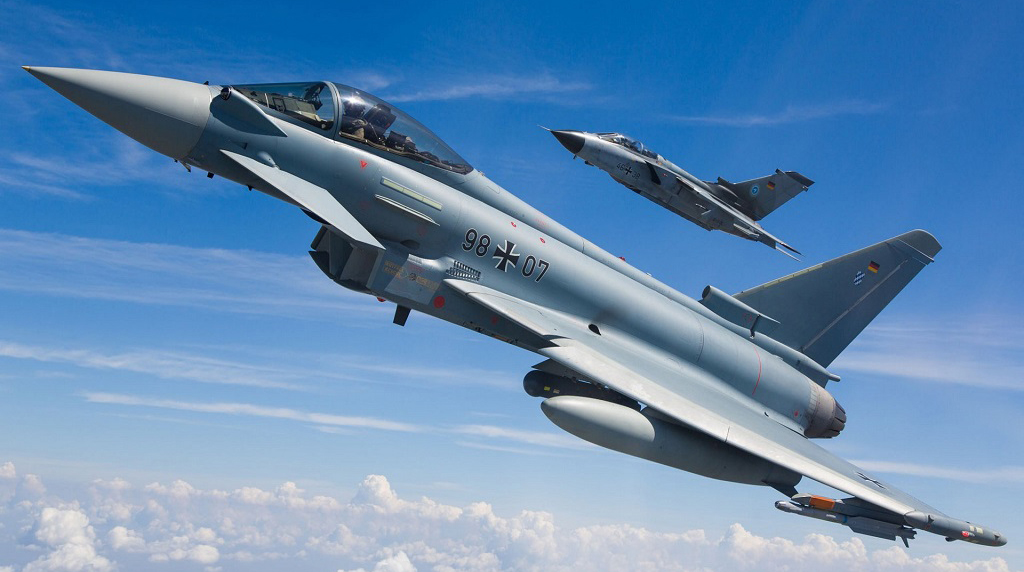
Türkiye’s removal from the F-35 program, following its purchase of the Russian S-400 system, left the country out of the NATO F-35 network.
The pivot to the Russian air defense system came from a lack of technology transfer requested over the American patriot air defense systems amplified by the fallout after the failed July 2016 coup attempt. And these consequences led to Türkiye’s dismissal from the F-35 program.
Starting any F-35 requires the reception of a password code from Washington. The sovereignty limitations of the fighter jet also caused problems with South Korean allies who are also developing their own fifth-generation aircraft.
Ankara’s absence from joint NATO operations involving F-35s limits its exposure to advanced stealth and networked warfare capabilities, putting it at a disadvantage in future conflicts and military exercises with other NATO allies.
Despite these setbacks, Türkiye remains a key player in NATO’s air operations. The potential acquisition of Eurofighter Typhoons could allow it to maintain its role as an experienced contributor to joint exercises, particularly in air combat tactics and operational readiness.
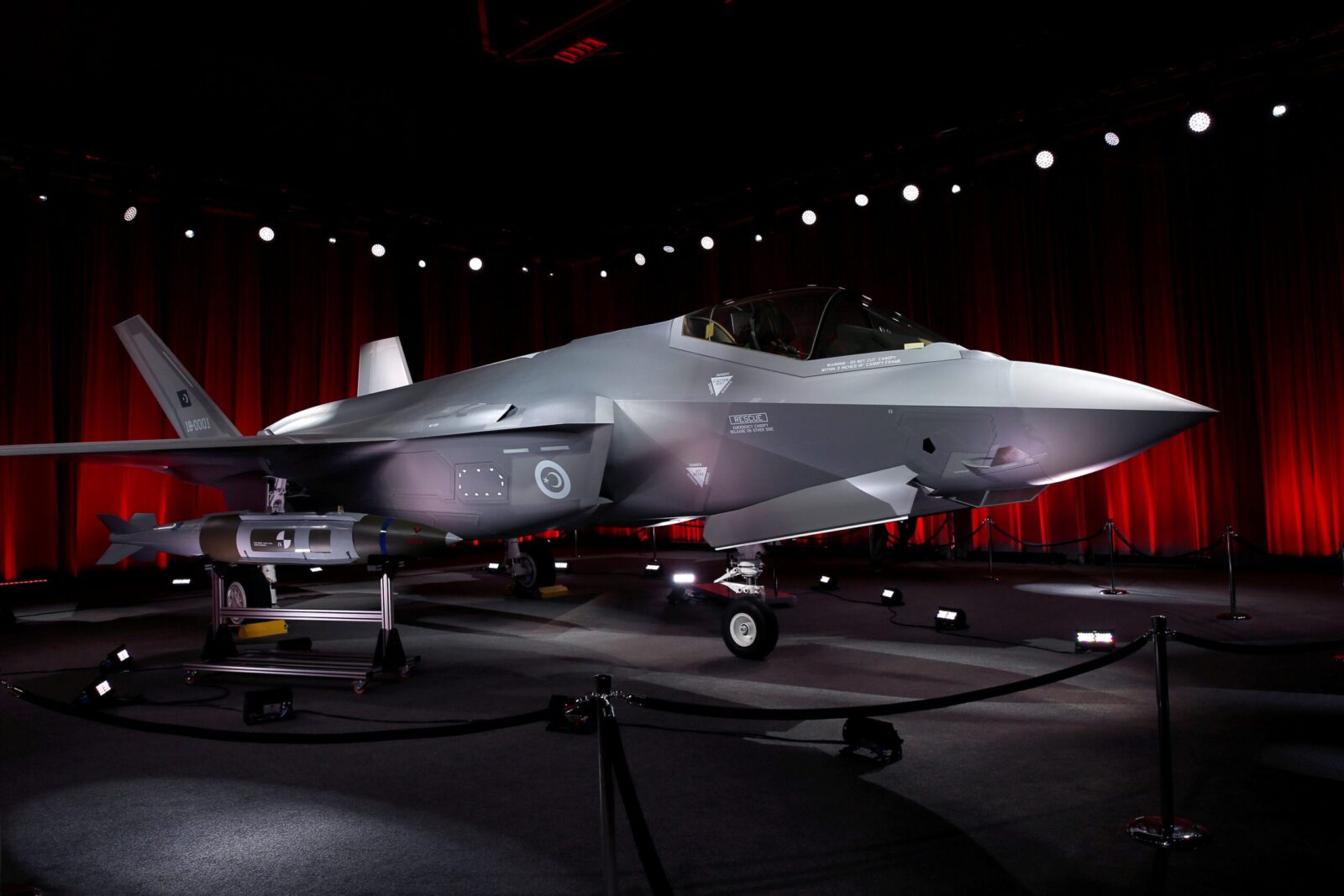
This is not Türkiye’s first encounter with the Eurofighter. In 2005, the Eurofighter consortium offered Türkiye a deal that included joint production and technology transfer.
At that time, Türkiye declined the offer in favor of pursuing other options, such as the American F-35 program. However, with the F-35 deal now off the table, Türkiye is seriously considering the Eurofighter as a practical and immediate solution.
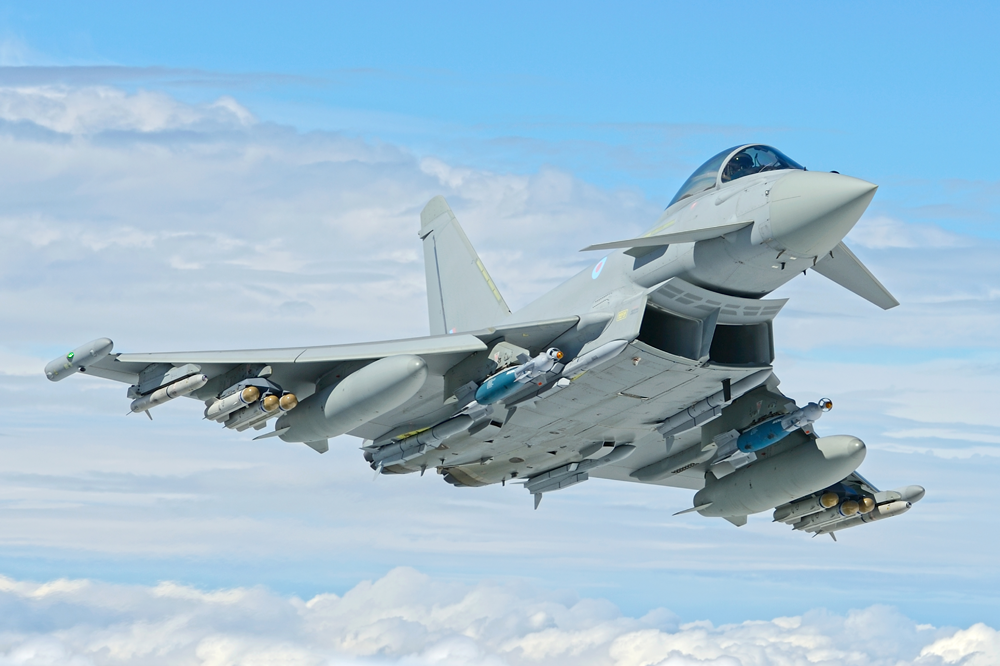
Should the deal go through, Ankara’s extensive experience with maintaining and upgrading aging aircraft like the F-4 Phantom could prove invaluable in integrating the Eurofighter into its fleet.
Türkiye also has the capacity to domestically produce air-to-air and air-to-ground munitions, which could be incorporated into the Eurofighter system. Additionally, Turkish pilots could train on Tranche 1-4 Eurofighters in the U.K., accelerating operational readiness.
In the long term, the acquisition of Eurofighter Typhoons could pave the way for Türkiye to establish a regional maintenance hub, benefiting other Eurofighter operators in the Middle East.
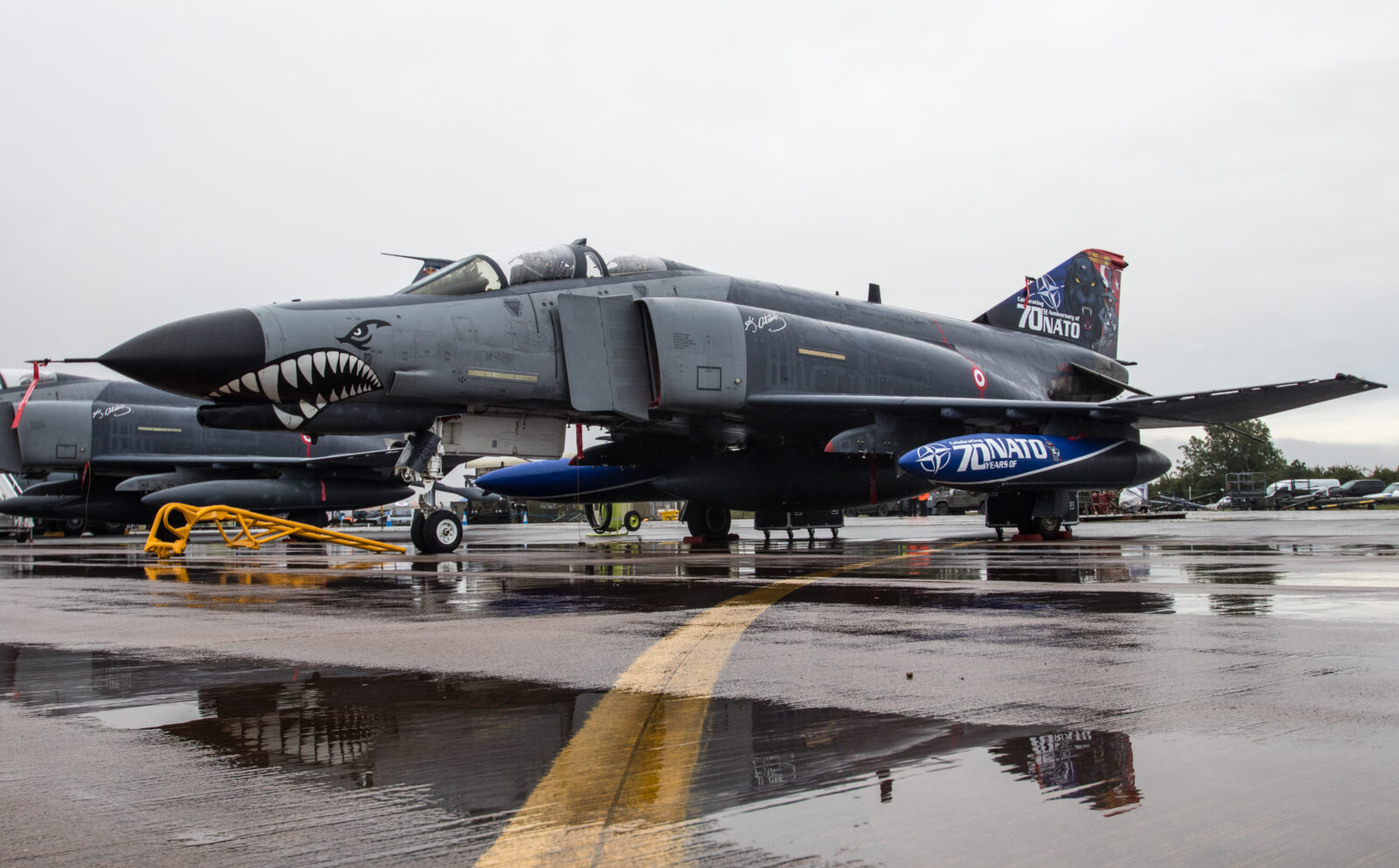
One of the Turkish Air Force’s primary concerns is being able to defend air space from threats of Middle Eastern neighbors as well as maintaining power parity with the Hellenic Air Force.
Greece’s acquisition of Rafale jets and F-35s gives it a significant edge in both air-to-air and deep strike capabilities.
The Eurofighter’s deployment with Meteor air-to-air missiles and its integration with Türkiye’s defense systems would provide a powerful deterrent. However, as the regional arms race shows no signs of slowing down, Türkiye's pursuit of Eurofighters underscores the strategic importance of maintaining a balance of power in the Aegean.
As Ankara navigates complex geopolitical and military relationships with NATO allies and regional rivals, the Eurofighter could offer a timely additon to its air capabilities.